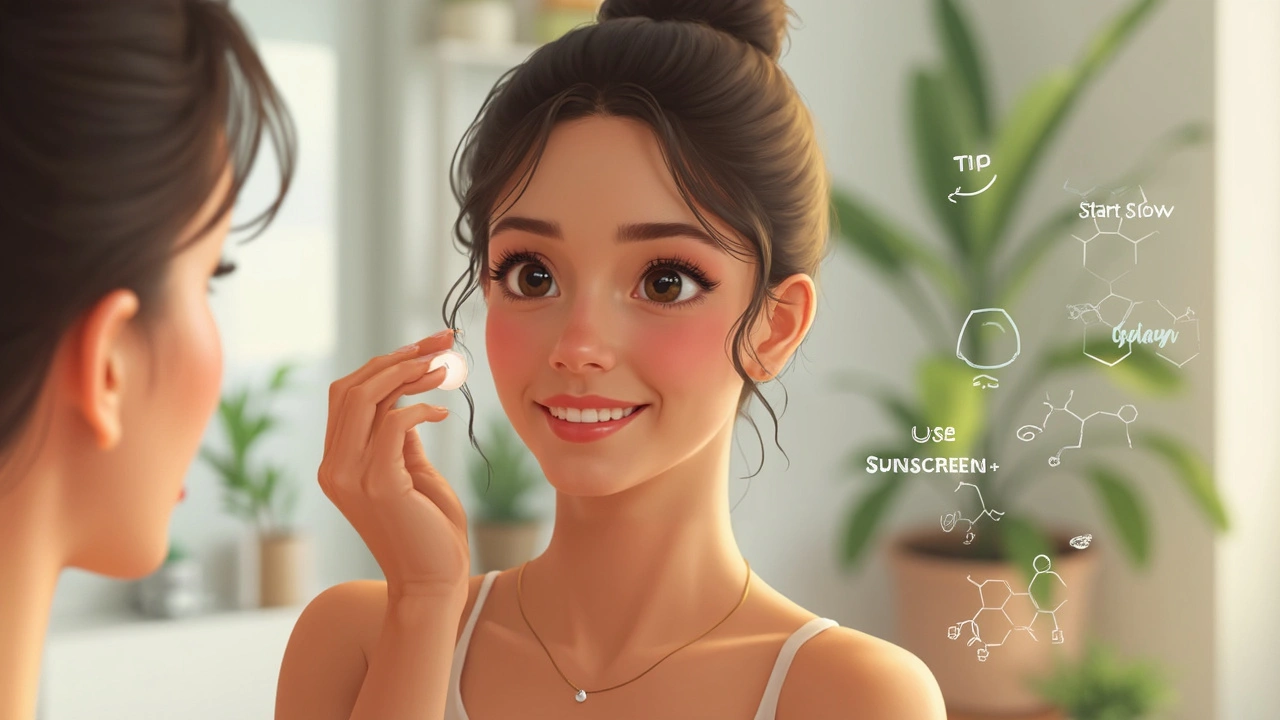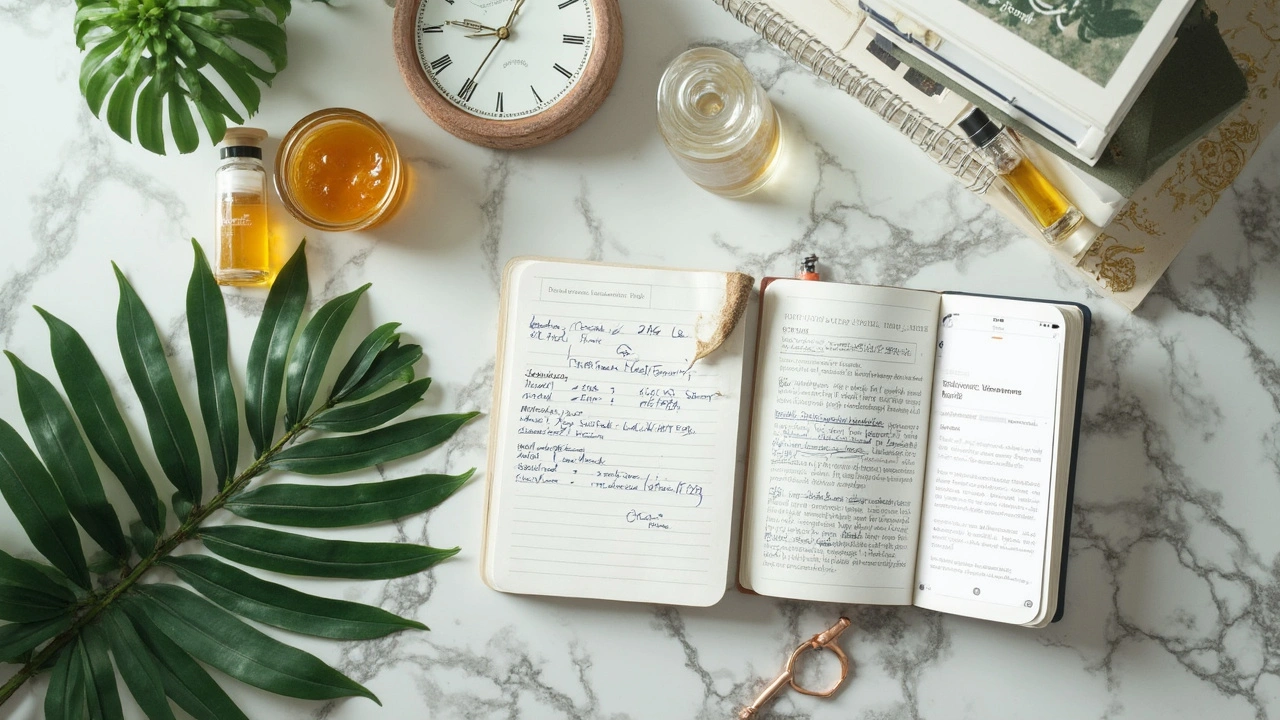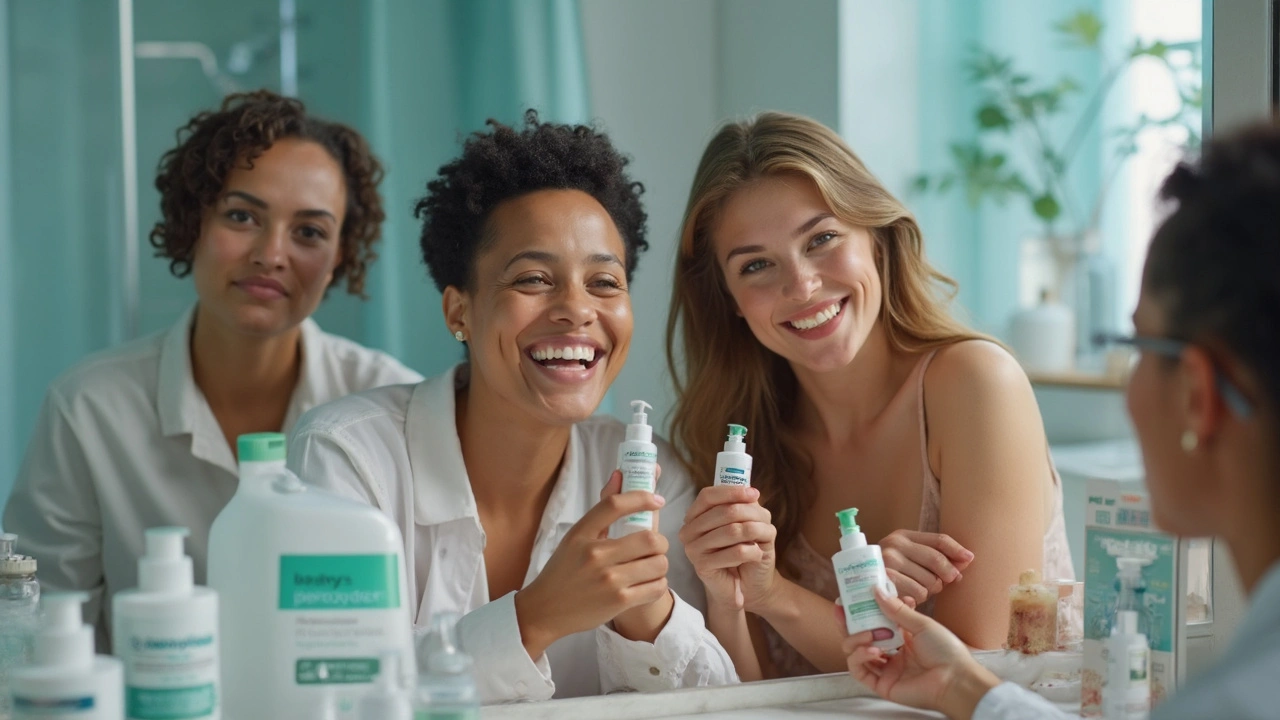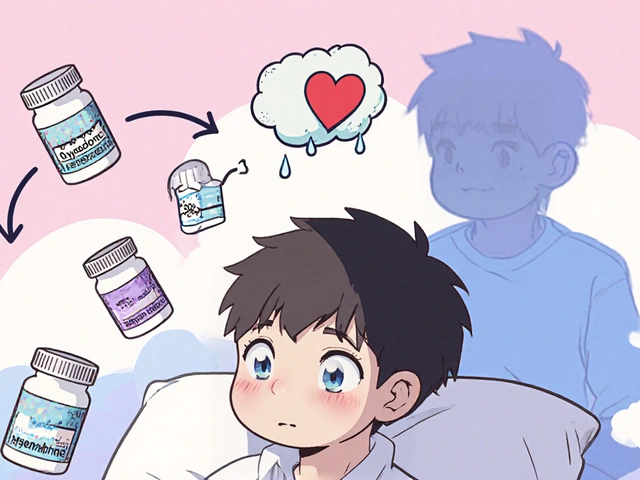Ever noticed how you can spend months searching for the “miracle” spot treatment, only to be let down by another overhyped product? Some of us have chased after complicated routines or splurged at the beauty counter, yet the solution was sitting on the drugstore shelf the entire time: benzoyl peroxide. This stuff is the tried-and-true MVP for zapping breakouts — but, let’s be honest, it still gets a bad rap for dryness, redness, and ruined towels. Yet, what if I told you that you might be using benzoyl peroxide wrong? Or missing out on its full potential just from tiny mistakes?
Dermatologists worldwide have recommended benzoyl peroxide for over 60 years. It’s one of the most scientifically-proven ingredients for acne, yet most people don’t actually know how to use it correctly. If you want to wake up to calmer, smoother, clearer skin, let’s zero in on how to maximize the efficacy of benzoyl peroxide. This isn’t just about slapping some white cream on your skin and hoping for the best. There’s a method to the magic.
Understanding Benzoyl Peroxide and Its Science
Benzoyl peroxide isn’t just another ingredient — it’s the kind of chemical that gets dermatologists genuinely excited. What makes it special? Unlike antibiotics or harsh retinoids, benzoyl peroxide is directly toxic to acne-causing bacteria (Cutibacterium acnes), but it also exfoliates dead cells and helps clear up excess oil. This dual-action effect has kept it relevant for more than half a century. Most of the time, acne treatments trigger resistance in bacteria after a while. Not benzoyl peroxide. Bacteria can’t develop resistance to it. That means you don’t have to worry about it losing effectiveness over time, even if you use it for years.
So, how does it work, really? Benzoyl peroxide breaks down on your skin, releasing oxygen. Acne-causing bacteria thrive in environments with little oxygen (that’s your clogged pore). Expose them to oxygen, and they basically suffocate to death. At the same time, the ingredient acts as a keratolytic — a fancy word for a substance that helps shed dead skin. That means it’s killing two birds with one stone: reducing bacteria number and unclogging pores to prevent new pimples. Data from the American Academy of Dermatology says benzoyl peroxide can decrease acne lesions by up to 70% after 4-6 weeks of consistent use. That’s some serious progress.
But potency isn’t everything. Benzoyl peroxide comes in different strengths, usually 2.5%, 5%, and 10%. It’s tempting to grab the strongest one, but clinical studies show that 2.5%—the lowest—often works just as well as 10%, especially for mild or moderate acne. The stats are clear: users of 2.5% have similar pimple-clearing results but way fewer side effects like dryness, flaking, or irritation. Want to know what keeps most people from sticking with benzoyl peroxide? Redness, peeling, and sensitivity. That means the secret isn’t always stronger. Sometimes, less really is more.
The pH of your skin also matters. Benzoyl peroxide works best in an environment around pH 5.5 (your skin’s happy place), but many soaps and cleansers are far more alkaline, driving pH up and making irritation worse. If your routine leaves your skin feeling squeaky clean or tight, it’s probably stripping your acid mantle and sabotaging benzoyl peroxide’s power. Also, benzoyl peroxide is a leave-on treatment — but not all formulas are the same. Gels penetrate faster but can feel harsher, while creams might be gentler for dry or sensitive skin. Choosing the right formula for your skin type directly affects how your skin responds.
Check out how benzoyl peroxide compares to other acne fighters, based on major dermatologist reviews:
| Ingredient | Main Action | Speed | Resistance? | Side Effects |
|---|---|---|---|---|
| Benzoyl Peroxide | Bacteria-killing, exfoliation | Quick (2-4 weeks) | No | Dryness, irritation |
| Salicylic Acid | Exfoliates inside pores | Moderate (3-6 weeks) | No | Mild dryness |
| Topical Antibiotics | Reduces bacteria | Moderate (2-6 weeks) | Yes | Possible resistance |
| Adapalene/Retinoids | Boosts cell turnover | Slow (8-12 weeks) | No | Dryness, photosensitivity |
This highlights why benzoyl peroxide remains the gold standard for mild and moderate acne — rapid results, no resistance, and (with smart use) manageable irritation.

Key Steps and Common Mistakes: How to Integrate Benzoyl Peroxide for Maximum Efficacy
Getting benzoyl peroxide to work for you (not against you) boils down to how you use it. First things first: go slow. Think of your skin like a new houseplant. You wouldn’t blast it with fertilizer on day one. Start with a pea-sized amount, once every other night. Gradually work up to daily use as your skin tolerates it. Research from 2022 in the Journal of Dermatological Treatment found that people who slowly ramped up application had 35% less skin irritation but got the same acne-busting benefits after 8 weeks compared to those who started with daily use right away.
Before applying benzoyl peroxide, prepare your skin. Cleanse with a gentle, fragrance-free face wash — nothing that says “deep cleaning” or “oil-stripping.” Pat (don’t rub) your skin dry. No need for those intense cleansing devices. Wait for about 15 minutes after washing your face. Why? Water actually drives benzoyl peroxide deeper into your skin, making irritation much more likely. Waiting reduces this risk.
Apply a thin layer — more isn’t better. If your breakouts are spotty, try targeting only the problem areas rather than slathering your whole face. If using other actives like retinol or exfoliating acids, keep them separated. Using them with benzoyl peroxide in the same session is like throwing a party with rival sports teams … someone’s going to get hurt. Alternate nights or split between morning and evening if you must use both. Dermatologists often recommend sticking to benzoyl peroxide at night and gentle moisturizer in the morning for best outcomes.
One of the biggest mistakes? Skipping moisturizer. Lots of people with acne think moisturizer clogs pores, but actually, dry skin gets cranky and makes things worse. Look for lightweight, non-comedogenic moisturizers with simple ingredients like ceramides and glycerin. Layer it after benzoyl peroxide once your skin has absorbed the treatment (about 1-2 minutes).
Another rookie error: getting benzoyl peroxide all over your towels or pillowcases. This ingredient bleaches fabric. Set up a “BP-safe” routine: wear a white t-shirt to sleep, use white pillowcases and towels, and wash your hands after applying.
Some real-world tips from users and dermatologists:
- Mix a dab of benzoyl peroxide with your moisturizer to "buffer" the effect if you’re super sensitive.
- Apply sunscreen every morning. Benzoyl peroxide can make your skin more sun-sensitive, and untreated redness gets worse with UV exposure.
- Don’t use benzoyl peroxide in the same routine as vitamin C serums — they’ll neutralize each other, making both less effective.
- Don’t get discouraged by initial purging (breakouts that happen as clogged pores surface). This can last up to 4 weeks but is temporary for most.
- Stick with the same product for at least 3 months before giving up. Acne treatments are a marathon, not a sprint — clear improvement peaks around the 8–12 week mark for most users.
Don’t forget, your skin’s reaction depends on your unique biology — age, skin type, hormones, and even climate play a role. If you’re dealing with deep cystic acne, or the kind that leaves scars, talk to a dermatologist for something more customized.

Smart Pairings, Advanced Tricks, and When to Level Up
Pairing benzoyl peroxide with the right products transforms decent results into long-term skin wins. The pros are obsessed with “companion” products that support your barrier, reduce irritation, and boost results (without playing science experiment on your face). The best routine is simple but strategic.
Here’s a winning lineup for most people with mild-to-moderate acne:
- Gentle cleanser (no sulfates, soaps, or fragrances)
- Lightweight hydrating serum (think hyaluronic acid, not alcohol-based toners)
- Benzoyl peroxide (the main event)
- Barrier-repair moisturizer — look for labels that mention “ceramides” or “niacinamide.”
- Sunscreen (SPF 30+), since inflammation and spots get worse with sun.
Wondering what to absolutely avoid while using benzoyl peroxide? Here’s a cheat-sheet:
- Products with a lot of alcohol or astringents (stripping = more irritation)
- Physical scrubs or harsh brushes
- Combining with retinoids or strong acids on the same night (unless your dermatologist tells you exactly how)
- Layering on fragranced products — simple is best for sensitive, breakout-prone skin
If you really want to level up, consider the timing and delivery method. For stubborn spots, applying benzoyl peroxide as a “mask” (leave on for 5-10 minutes, then rinse) can target flare-ups without wiping out the rest of your face. This is ideal for anyone with reactive skin who still needs power where it counts. If breakouts are frequent on your chest or back, use benzoyl peroxide body washes. These are gaining traction because traditional creams just won’t stick on sweaty, large areas.
Benzoyl peroxide isn’t just for teens. In 2023, researchers at Harvard Medical School found a surge in adult-onset acne (hello, stress and pollution), but women ages 25–40 had as much success with low-dose benzoyl peroxide as teenagers did, especially when paired with calming ingredients like panthenol or madecassoside in moisturizers. A gentle approach beats nuking your skin into submission any day.
For the ultra-dedicated, consider pulse dosing: using benzoyl peroxide daily during flare-ups, then dialing back to a maintenance schedule (2–3 times a week) when clear. This keeps skin balanced and reduces the risk of “plateauing” where progress stalls. Some people experiment with microdosing (a pea-sized amount mixed with moisturizer all over the face) to keep tiny pimples at bay — yes, this really works.
Your routine can change with the seasons. In winter, layer on more moisturizer and use heavier creams. In summer, swap heavy moisturizers for gels and don’t forget SPF, since benzoyl peroxide can leave skin extra sensitive to sunlight. Breakout triggers change with sweat, makeup, pollution — be ready to adjust and listen to your skin. Quick tip: stashing your benzoyl peroxide away from direct sunlight or heat keeps it active longer, too.
So, if you’ve been frustrated with benzoyl peroxide in the past, it’s probably not the ingredient’s fault. The magic is all in the usage. When you layer carefully, pick the right strength, and ease it into your routine, benzoyl peroxide becomes less of a harsh punishment and more of a beauty secret. And here’s a wild fact: most people who give benzoyl peroxide a real shot (with the right tricks and consistency) say they’d actually pick it over pricier treatments, especially when they see those stubborn breakouts fade for good. Clear skin isn’t just science — sometimes it’s just about finding what your skin loves and keeping it simple, steady, and strong.







Nonie Rebollido
June 27, 2025I tried BP for the first time last month and my skin literally stopped screaming. 🤯